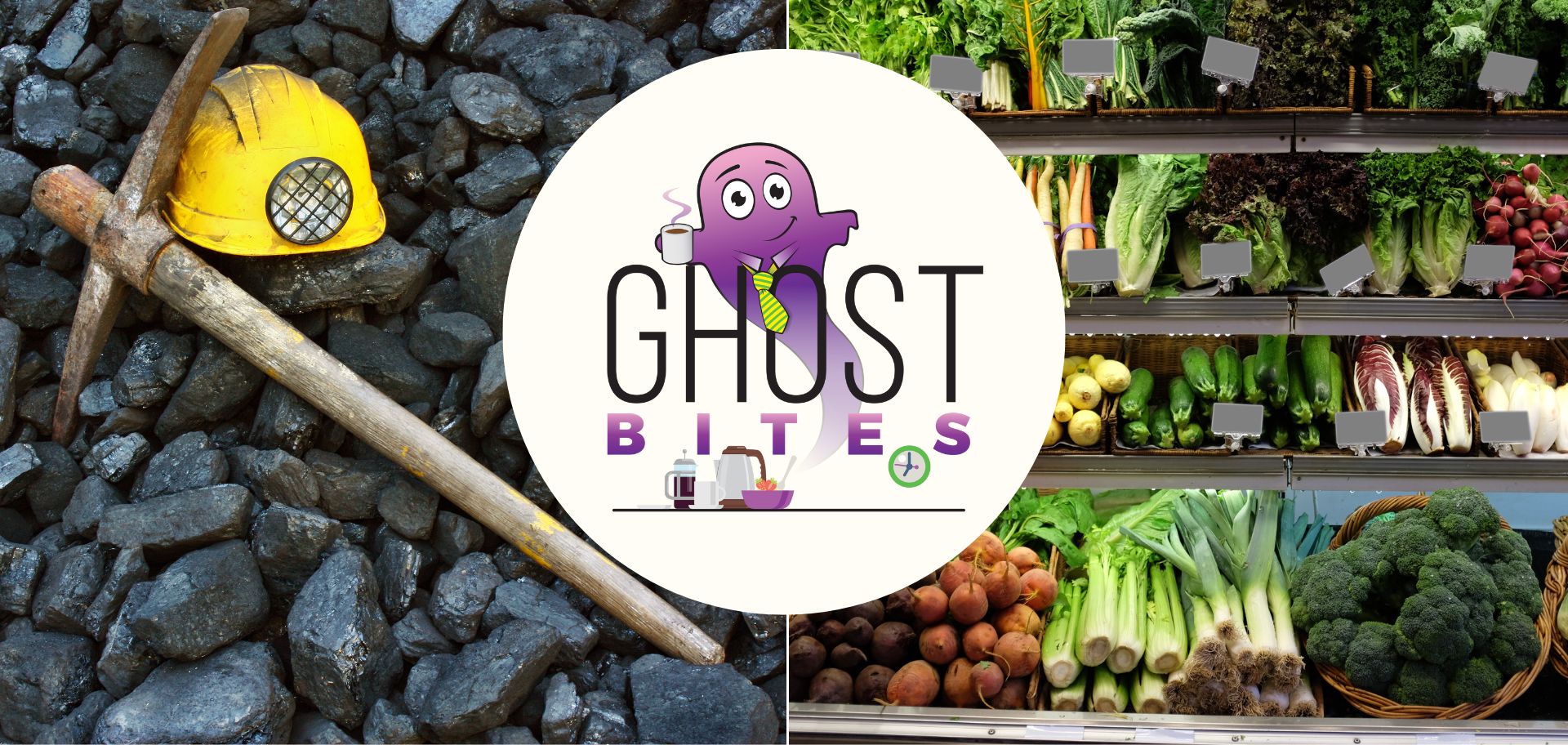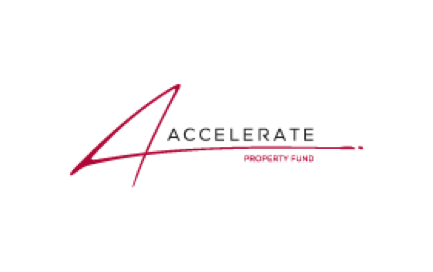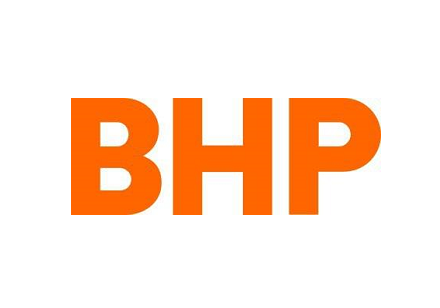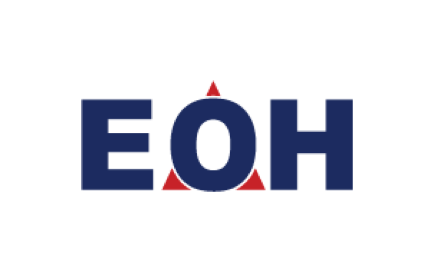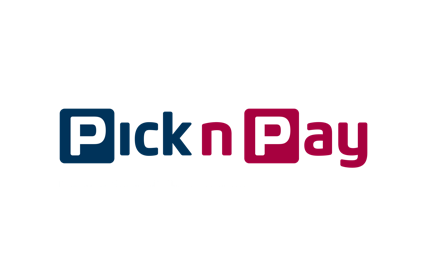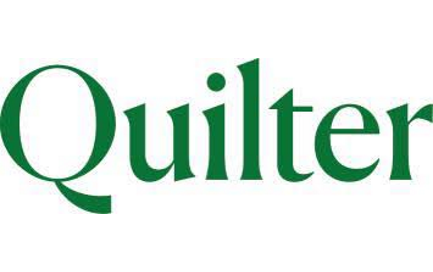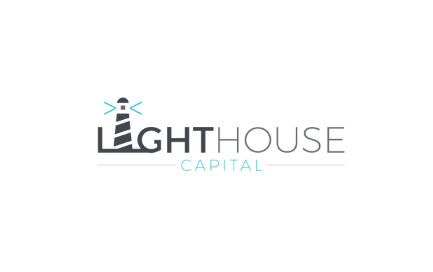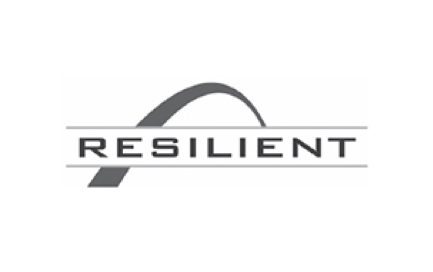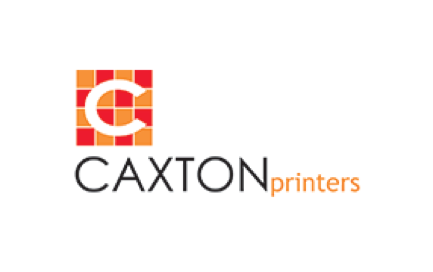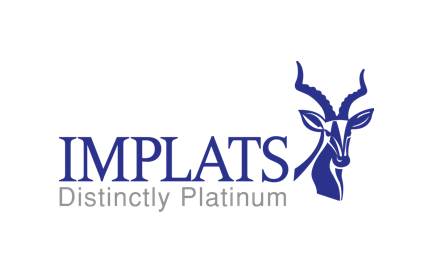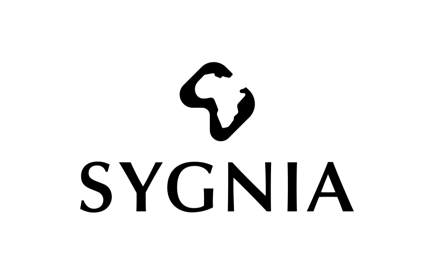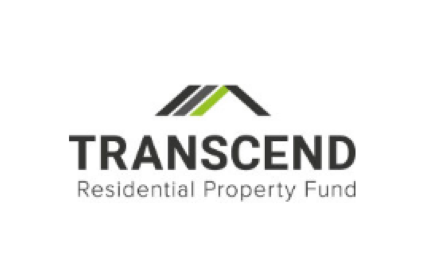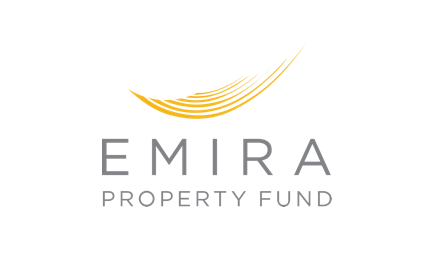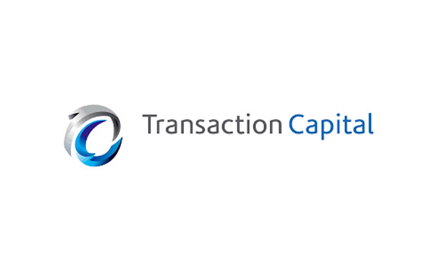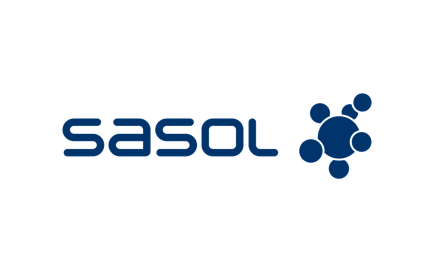Listen to the latest episode of Ghost Wrap here, brought to you by Mazars:
Accelerate sells off two difficult office buildings (JSE: APF)
The purchasers no doubt have interesting plans for these buildings
Accelerate Property Fund needs to reduce debt and doesn’t have the time to focus on particularly difficult buildings. Two such buildings are the Pri-movie Park office and warehouse and the 1 Charles Crescent office building, both in Eastgate. The fund has sold both buildings at a combined price of R117 million.
The vacancy levels are gigantic. The purchaser (a consortium of four family trusts including a couple of guys I knew at university) must have something different planned for the properties, as a condition to the deal is that Accelerate must sign the required resolutions for the re-zoning of the properties.
BHP disposes of two coal assets in Australia (JSE: BHG)
Two mines in the BHP Mitsubishi Alliance are being sold to Whitehaven Coal
The Blackwater and Daunia mines are being sold for a combined cash consideration of up to $4.1 billion. BHP holds 50% in these assets through the BHP Mitsubishi Alliance metallurgical coal joint venture in Australia.
$2.1 billion in cash is payable on completion, with $1.1 billion payable in cash over three years. The remaining $0.9 billion is structured as an earn-out over 3 years. It’s interesting to note that $100 million is payable as a deposit, which would act as a break fee in certain circumstances i.e. the sellers will retain this amount if the buyers walk away.
The net proceeds of the deal will be used to reduce debt.
In a separate announcement dealing with an operational review for the quarter ended September, BHP noted that it is on track to achieve full-year production and unit cost guidance at all its assets. The highlight in this quarter was an 11% increase in copper production year-on-year.
Of course, meeting guidance doesn’t mean that all production has moved higher. It just means that performance is in line with expectations. For example, iron ore and metallurgical coal are both down year-on-year, as is nickel. When looking at quarterly numbers, the timing of maintenance programmes at individual assets can have a big impact.
The bigger concern is that average realised prices have fallen in this quarter vs. the second half of 2023 for literally every single commodity in the group.
EOH’s operating profit is 35% higher, but is that enough? (JSE: EOH)
Even after the rights issue, there’s a lot of debt here
EOH’s revenue from continuing operations could only increase by 3.3% for the year ended July. That’s pedestrian at best, although the good news is that operating profit from continuing operations increased by 35%. A very important number is adjusted EBITDA from continuing operations, as this is a proxy for cash profits. It decreased by 11.5% to R322 million.
The adjusted EBITDA margin for the continuing operations is only 5.2%, which really isn’t anything to get excited about. This remains a low margin, unexciting business. It just happens to have a rollercoaster of a corporate history.
There is still a headline loss per share from continuing operations, but that’s because of the level of debt in this financial year. R678 million was repaid during the year, the bulk of which came from the R555 million equity raise. The problem is that the balance at the end of July 2023 is R683 million just in interest-bearing bank loans, so that’s still a whole lotta debt in this environment. If you include bank overdrafts and the ring-fenced project finance loan from the IDC, it’s up to R833 million.
Stephen van Coller as extended his contract as CEO by six months until March 2024. He did his job in terms of saving the existence of EOH and helping it achieve a stable balance sheet. There’s also a change to the CFO role, with Marialet Greeff an an internal appointment to replace Megan Pydigadu.
It may be steady, but is it now a good investment? With such a modest EBITDA margin and this much debt still on the balance sheet, I’m not excited by this story. Neither are the outgoing execs, it seems.
Pick n Pay laid bare just how bad it is (JSE: PIK)
If you had been paying attention to the stores around you, this wasn’t a surprise
You know those green scooters that you keep seeing literally everywhere? The ones with the Checkers Sixty60 branding? That also counts as stock research. Common sense would’ve gotten you a long way this year with avoiding being on the wrong side of this chart:

The 12.5% drop on Wednesday after the release of results could’ve been avoided just by reading the trading statement, which made it clear that Pick n Pay is now loss-making even before considering diesel costs.
The reason for this starts very high up the income statement, with turnover up by just 5.4% and gross profit margin dropping from 19.4% to 18.5%. Trading expenses jumped by 13.7%. That’s a disaster, driving a decrease in trading profit of 97.5%.
The group made just R31.8 million in trading profit in the 26 weeks to 27 August, with a loss before tax of R837.2 million because of a huge increase in net finance charges. Unsurprisingly, the interim dividend is a thing of the past.
Of course, the announcement raises the R396 million spent on load shedding and blames this for Pick n Pay’s inability to respond to a more promotional environment. What it doesn’t say is that Shoprite (and others) are operating in exactly the same conditions, so it’s all relative. The reality for Pick n Pay is that years of strategic misstep chickens have now come home to roost.
If we are going to scratch around like chickens for the positives, then Boxer grew 16.1% and Pick n Pay Clothing (in my opinion the best business in the group) grew 13.8%. Online sales growth was 76.3%, although one would expect to see a big number there. Value-added services income grew by 13.5%.
Sean Summers has one hell of a task on his hands.
Quilter achieved a mixed result in the third quarter (JSE: QLT)
Net inflows in the core business are only slightly positive
When measuring the performance of an asset or wealth management business, assets under management and administration (AuMA) is a metric that only tells part of the story. These companies cannot control the movements in global asset values, with this factor having the biggest impact on AuMA. To really measure the performance of the company, you need to look at net flows and whether the manager is attracting new clients or not.
At Quilter, Old Mutual’s old wealth management business in the UK, some parts of the business are showing decent growth. This includes the Quilter distribution channel, with net inflows year-to-date of 16% of opening AuMA in the High Net Worth segment and 11% in the Affluent segment. In contrast, the independent financial advisor (IFA) channel on the Quilter platform experienced a net outflow. Another useful metric to consider is sales per Quilter advisor as a measure of productivity, up 23% year-on-year.
The non-core business experienced outflows consistent with the run-rate in the first half, after adjusting for once-off fund closures.
With all said and done, AuMA of £101.4 billion as at the end of September was very similar to the £101.7 billion level reported at the end of June.
Little Bites:
- Director dealings:
- Des de Beer has bought another R1.7 million worth of shares in Lighthouse Properties (JSE: LTE). That’s not all folks, because he’s also bought R2.67 million worth of shares in Resilient REIT (JSE: RES).
- If you are a shareholder in Caxton and CTP Publishers and Printers (JSE: CAT), look out for an investor presentation that should become available on the website on Monday 23 October.
- Impala Platinum (JSE: IMP) released an announcement clarifying the broader scope of the financial assistance resolution put forward in the AGM notice. The reason for the increased scope vs. previous years is because of the need to implement a B-BBEE transaction as part of the acquisition of Royal Bafokeng Platinum.
- Following his investment in Apex Group, Mcebisi Jonas has resigned as a non-executive director of Sygnia (JSE: SYG) as this is a competing business interest.
- Transcend Residential Property Fund (JSE: TPF) announced that the offer by Emira Property Fund (JSE: EMI) has become unconditional. A further announcement will be made about the clean-out dividend and the finalisation information.
- Languishing at below R5 per share, Transaction Capital (JSE: TCP) announced that Coronation is at least buying the dip of all dips, increasing its stake in the company from 19.85% to 20.15%.
- In 2022, Sasol (JSE: SOL) announced the appointment of Andreas Schierenbeck as a non-executive director, with much hype around the contribution he would make to decarbonisation efforts. He didn’t stick around for long, now resigning from the board based on increasing demands on his time away from Sasol and the risk of conflict of interests based on energy sector opportunities being pursued by the group.

